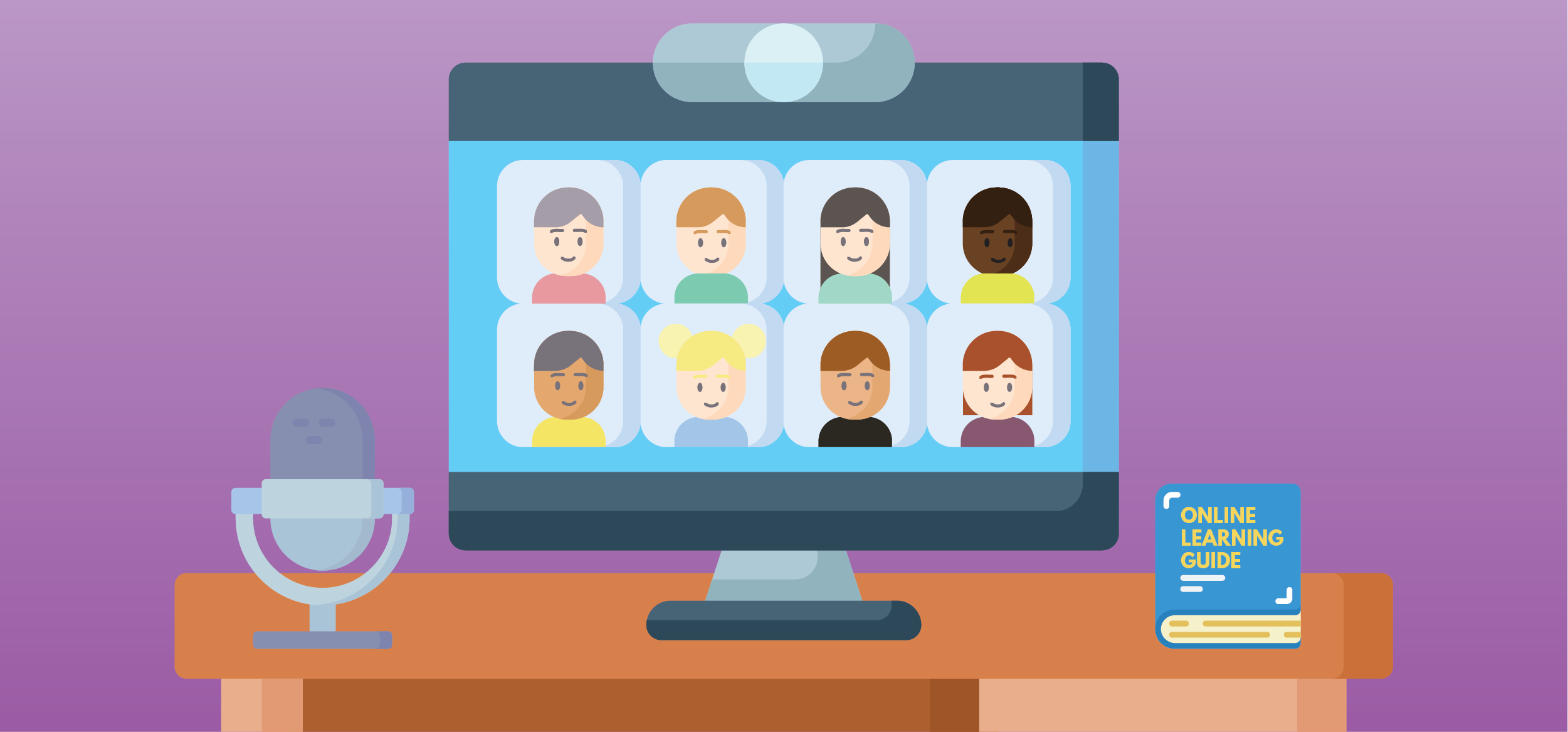Considering online learning? Consider this!
Virtual learning helps students develop important skills that can help them in the workforce. According to an article written by Kelsey Miller, a marketing specialist and contributing writer for Northeastern University's Graduate Programs Blog, she quoted, "In an online program, you’ll also participate in discussion boards with your classmates, communicate with professors via email, and collaborate through various software programs. As the program progresses, you’ll get better at pitching your ideas and making strong, succinct, professional arguments through text." Online learning helps students prepare for a workplace environment, where communication is key. Miller mentioned some important leadership skills, such as decision-making and communicating ideas succinctly and respectfully to others (Northeastern University). These ones can be better prepared for this environment. Also, online learning gives students flexibility, allowing them to learn at their own pace. Miller explained, "By earning your master’s degree online, you can learn on your own schedule. Rather than leave the office early or skip family dinner to commute to campus, you’re logging on when it’s convenient for you—at a time that doesn’t interfere with other commitments." In a similar sense, learning online allows students to set a schedule convenient for them and set priorities. Such organizational skills are important in the workforce.
However, some would say that online learning has its downfalls. Some critics say that online learning is not readily accessible for all students. The University of Illinois stated in an article, "Furthermore, speaking from an administrative point of view, if students cannot afford the technology the institution employs, they are lost as customers. As far as Internet accessibility is concerned, it is not universal, and in some areas of the United States and other countries, Internet access poses a significant cost to the user." Unfortunately, easy, reliable Internet access is not available for everyone. Even if service is reliable, it may be costly for families and the student. Despite this, this has not stopped online learning from being a considerable option for students' education. There have been implemented solutions. According to the Student Training & Education in Public Service (STEPS), an article stated some solutions to limited internet access. One solution looked towards free and low-cost internet services, where internet providers have teamed up to provide low-cost internets service to students, college students, adults, and those under certain programs. (STEPS). Despite the challenge, times have adapted to let everyone be able to access online learning
All in all, online learning is helpful to students and allows them to grow. It prepares them for the real world as they learn important skills to deal with people. Online learning teaches them to be flexible and set priorities to be organized. Even though people questions its availability among all students, there are constant adjustments to make it accessible for all. In these technological times, this is a time for students to get hands-on technology. That statistic may rise with the current conditions. Going digital is the new way to learn!


Comments
Post a Comment